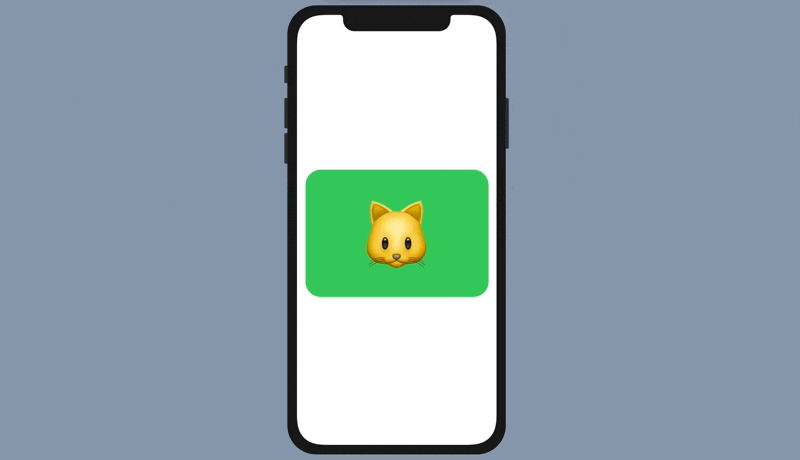

- #Tabview background color swiftui how to
- #Tabview background color swiftui android
- #Tabview background color swiftui tv
- #Tabview background color swiftui free
In iOS 15 the TabView is no longer translucent. The simplest way to make a button is when it just contains some text: you pass in the title of the button, along with a closure that should be.
#Tabview background color swiftui free
Feel free to follow me on Twitter or Github. Buttons in SwiftUI can be made in two ways depending on how they should look. Firstly, lets create a SwiftUI View that. If you want to provide a custom style for your TabView, you can add another Style that touches the bottom safe area edge so that bleeds into your TabView. In SwiftUI, you can add a view as a background wtih the background (:alignment.
<1> Add your background view first to make it sit in the back or <2> Explicitly add them at the button (index 0).In UIKit, we have to manually create a background view and make sure it sits at the back. No, Color.red is yet another view Its only function is to fill the area suggested by its parent with. It can be anything such as color, image, or another view. At first glance we may fail to realise that, Color.red, is not just a parameter indicating that the color should be red. For example: Text('hello').background(Color.red). Meaning the background color will bleed right into it. In most tutorials I have seen, background is used in its simplest form. On iOS, you can also use one of the badge modifiers, like badge (:), to assign a badge to each of the tabs.The following example creates a tab view with three tabs, each presenting a custom child view. TabView In iOS 15 the TabView is no longer translucent.

#Tabview background color swiftui how to
how to change status bar color swift Code Answers. To create a user interface with tabs, place views in a TabView and apply the tabItem (:) modifier to the contents of each tab. The majority of features in Custom TabView. This tutorial shows how to style a navigation bar in SwiftUI - changing its background color, text color, as well as styling the status bar.The end result looks like. swiftui tabview background color How to use dimens.

#Tabview background color swiftui android
Actually, model our custom tab view based off of apple’s API for the default tab view. Whatever answers related to give some opacity for background color android add alpha value to css color variable add opacity to activity android. There are majority of apps use either a tab bar or a navigation view and those two components in SwiftUI are not that customizable. I'm Swift developer 👨🏻💻SwiftUI addicted 🚀 Creator of CardioBot, NapBot and FastBot. Custom TabView in SwiftUI Reference Custom TabView in SwiftUI. Thanks for reading, and see you next week! Recent posts Feel free to follow me on Twitter and ask your questions related to this article.
#Tabview background color swiftui tv
It also looks great and adapts to tvOS styling when you use it in a TV app. You can use it on watchOS to build a paged user experience or macOS in the settings scene that will apply the correct styling to match the settings screen that we used to see on macOS. I’m happy to see that this year TabView supports all the platforms. You should wait for the API or try to fake those views ( not recommended).Import SwiftUI struct ContentView : View Conclusion The very common issue is we can not remove the background color of SwiftUI's HostingViewController (yet), so we can't see some of the views like navigationView through the views hierarchy. On the view controller, Double click the center of the navigation controller bar The rectangle will stretch the width of the view by default, all you need to change is to set the height to 1 point and set the color to whichever separator color youd like navigationBar Change Search Bar background color: For. SwiftUI Hide TabView bar inside NavigationLink views The possible workaround solution can be based on TabBarAccessor from my answer on Programmatically detect Tab Bar or TabView height in SwiftUI Here is a required modification in tab item holding NavigationView. Using ZStack var body: some View Īnd the first one is window: window.backgroundColor =. Search: Swiftui Change Navigation Bar Color. It would be a great feature to be able to change the navigation bars color and it behave the same way it behaves in UIKit To do this, right-click in the darker black bar to the right of the file navigation and then select New Color Set: Creating a new color set You created a new navigation bar and modified its background image List actions 7. So I'll just add this answer which is to set the entire screen's background color. I'm not sure if the original poster meant the background color of the entire screen or of individual views.


 0 kommentar(er)
0 kommentar(er)
